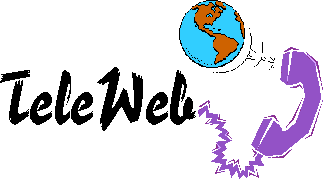


Bill Schilit, FX Palo Alto Laboratory, Inc.
Fred Douglis, AT&T Research
David Kristol, Lucent Technologies, Bell Laboratories
Paul Krzyanowski, Lucent Technologies, Bell Laboratories
James Sienicki, Lucent Technologies, Bell Laboratories
John Trotter, Lucent Technologies, Bell Laboratories



Wouldn't it be great if I could find any information I wanted anytime, anywhere?
Wouldn't it be great if I could browse the Web anytime, anywhere, whether I'm connected to a continuous, high-speed, low-cost network or not?
(on my laptop machine over Ethernet, CDPD, WaveLan, Metricom, modem, ..., or disconnected!)
See the paper for a list of specific challenges of mobile web browsing
|
 |
Meet Jack Webb and his TeleWeb enhanced laptop computer.
Jack needs documents from his company's intranet web for a presentation in Atlanta. He'll put it together on route!
Note, Jack experiences changing connectivity and communication costs:
How can Jack work in this dynamically changing world?